VARIANTS
D100 (No Bomb Bay | No Weapons)
D110 (9x Tactical Nuclear Ordinance)
D110 (Standard Nuclear Ordinance)
D110 (Thermonuclear Ordinance)
Overview: The Delta Rapier is a supersonic tactical/strategic nuclear bomber, capable of flying at speeds excess of Mach 3 at 75,000ft. Its payload is carried in a removable external bomb bay. It has excellent climb performance and can takeoff in a relatively short amount of time, making it ideal for quick-response nuclear strikes. It can carry a variety of small and large nuclear payloads, as well as conventional explosives. It can also be used as a low-altitude, high-speed strike bomber in the event that large nuclear payloads are unfavorable.
FLIGHT CHARACTERISTICS
Maximum Airspeed (TAS): 2100mph, 3380kph, 1825knots.
Maximum Mach: 3.2
Maximum Altitude: 90,000ft, 27,432m.
Cruising Altitude: 75,000ft, 22,860m.
Takeoff Airspeed (IAS)(Full Power): ~160mph, ~258kph, ~139knots.
Landing Airspeed (IAS): ~150mph, ~241kph, ~130knots.
Note: data values were recorded with the D100 variant, and therefore performance may change slightly depending on the payload of the other variants.
Controls:
- VTOL: N/A
- Trim: Trim.
- Activate1: Engine.
- Activate2: Airbrakes.
- Activate3: Weapons Bay/Weapons (If Present).
NOTES
- Do not use the airbrakes while flying at high speeds.
- The airbrakes will result in a large pitch-up response.
- Decreasing climb angle as you get closer to cruising altitude allows for better speed performance.
- I recommend using about 75% Trim during the cruising phase.
- It takes several seconds for the engine to startup. Until then throttle will not work.
GIF GALLERY
Startup Flame Effect:
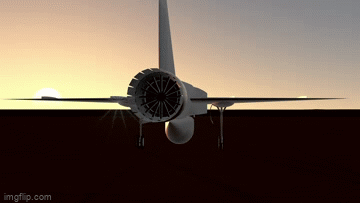
Afterburner Ignition:

Specifications
General Characteristics
- Created On Windows
- Wingspan 40.2ft (12.3m)
- Length 74.2ft (22.6m)
- Height 22.8ft (6.9m)
- Empty Weight N/A
- Loaded Weight 36,513lbs (16,562kg)
Performance
- Power/Weight Ratio 11.14
- Wing Loading 57.1lbs/ft2 (278.9kg/m2)
- Wing Area 639.1ft2 (59.4m2)
- Drag Points 2591
Parts
- Number of Parts 297
- Control Surfaces 0
- Performance Cost 1,470

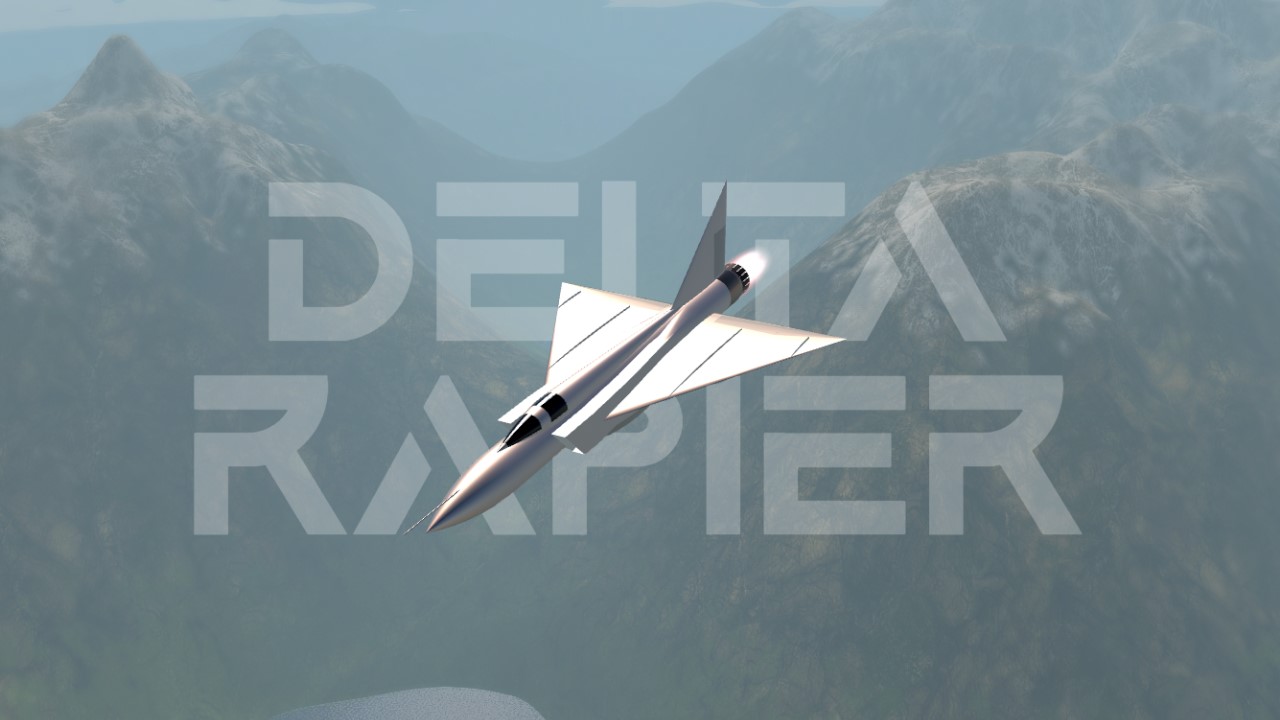
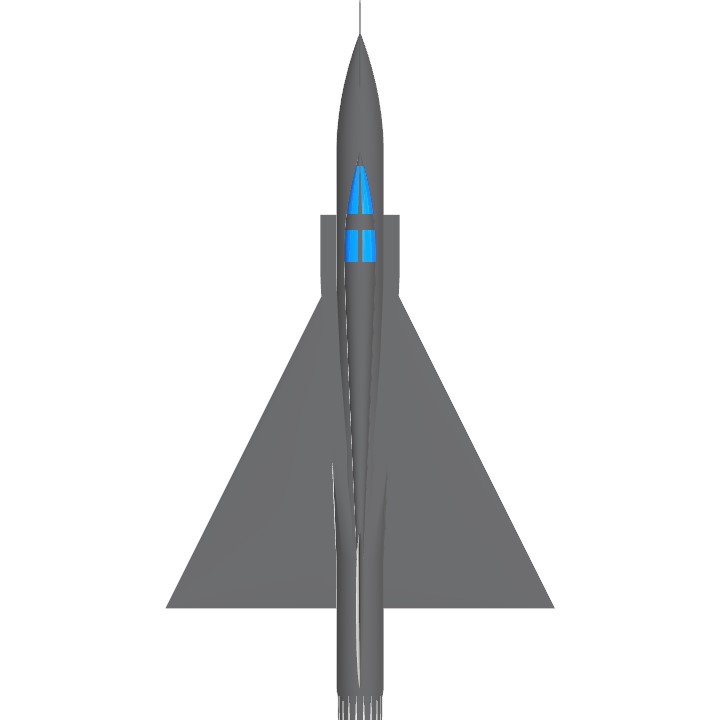
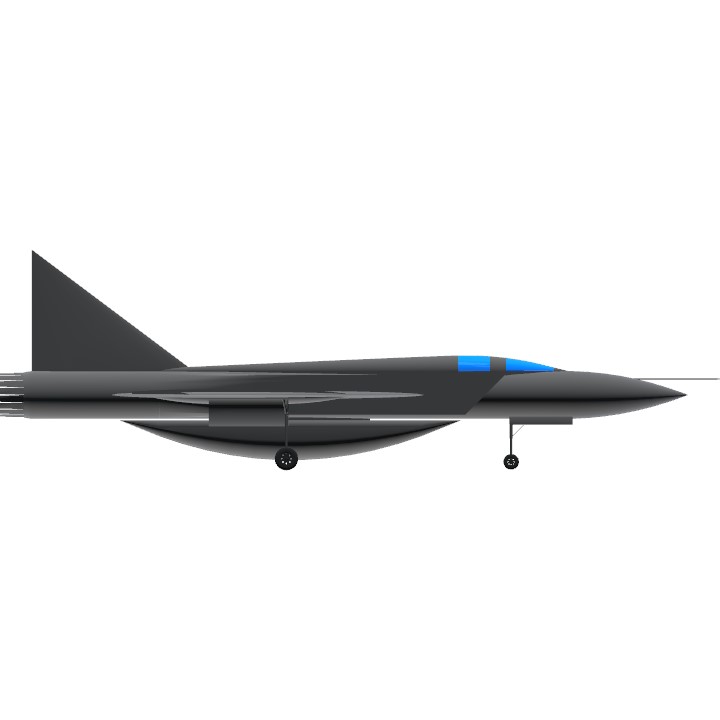
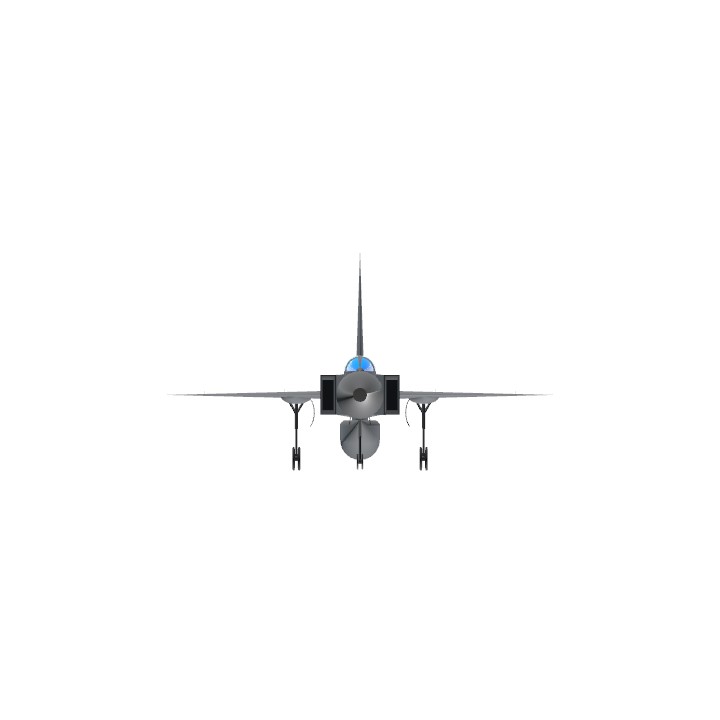
Autotag: @MrCOPTY
Autotag: @Bo1233
@funnyplaneman
@FlightFun
@BeeEngineer
@Applefan2019
@AirJMCAviation
@weeeeeeeeeeeeeeee
@GabrielSatori
@AWACSgodess
@Planebuilder2123
@Mistral
@ThatRandomCouchPotato
@Bryan5
@KtaAviation
@Phox
Thoughts or suggestions? Let me know!
Really nice build. +1
@TheFlightGuySP Oh, #Thanks
@L0RR3B0RR3
Nice, how did you make that "big" text that you have on the biograpy?
@BeeEngineer While the M50 was unable to pass Mach 1, the wing design was not the only factor.
There have also been several examples of aircraft that had/have delta wings with straight/mostly straight trailing edges, and I can't find sufficient data suggesting that they had significant issues with it.
So while it may present such challenges realistically, it really shouldn't present a large issue if the aircraft is aerodynamically and structurally sound.
If you have an article regarding trailing edge flow in this manner, could you provide a link? I've been unable to find one that addressed this specifically.
Nice plane though.
Supersonic aircraft like this struggle to go super sonic if the back of the wing is like this aircraft. The M-50 Bounder had this issue.
goofy ahh dassault mirage 2000👍
👍👍👍👍👍👍👍👍👍👍👍👍👍👍👍👍